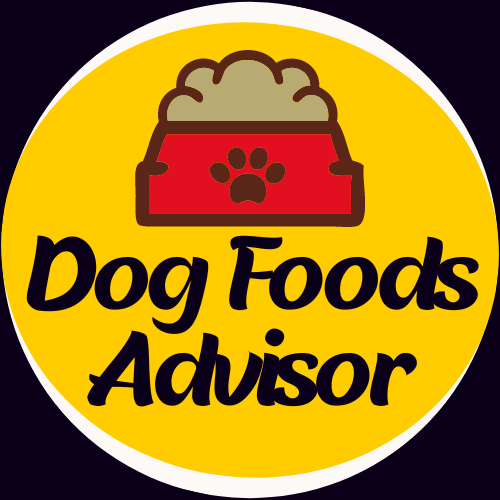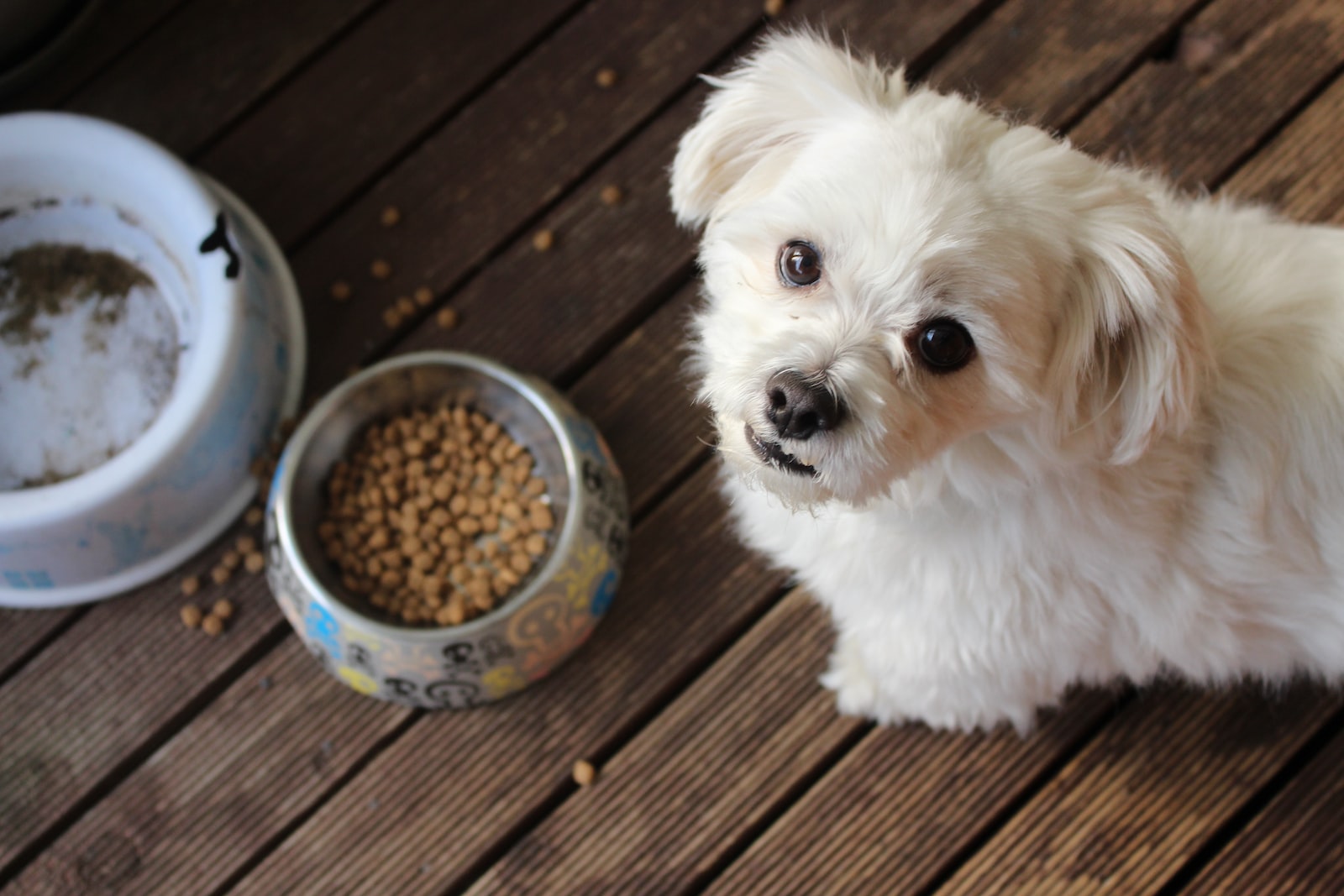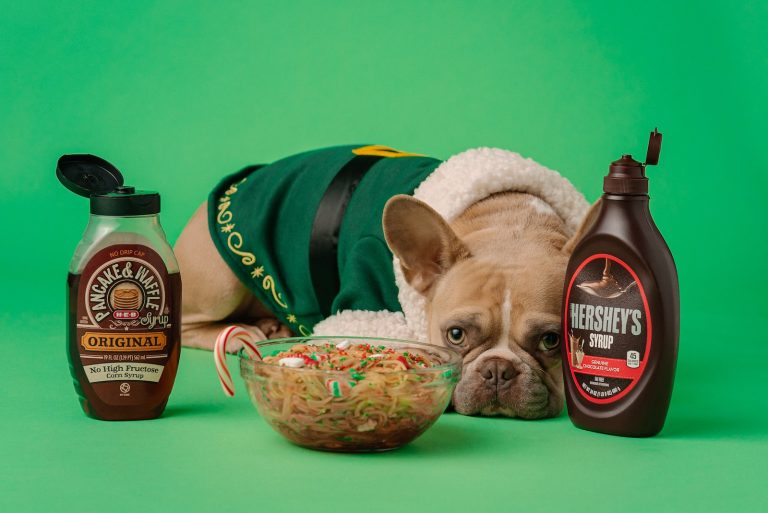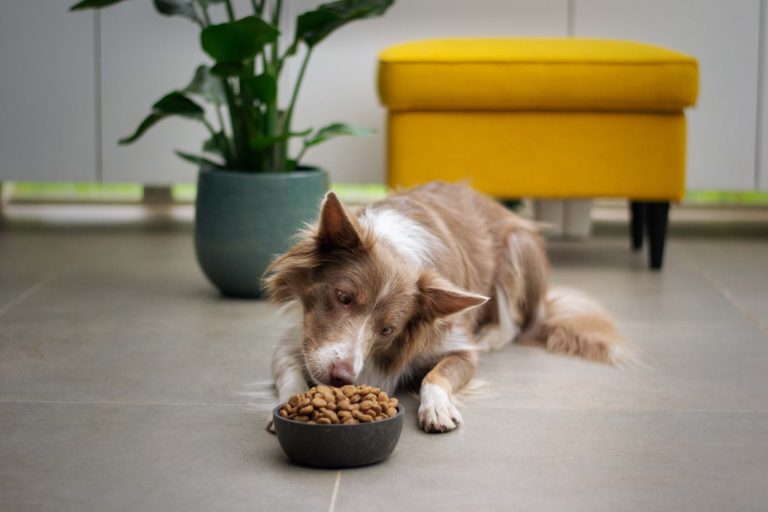The benefits and drawbacks of feeding your dog a grain-free diet
If you’re like most dog owners, you want to give your furry friend the best possible nutrition. And with all the buzz about grain-free diets lately, you may be wondering if this is the way to go. But as it turns out, there are both benefits and drawbacks to feeding your dog a grain-free diet – and understanding them can help you make an informed decision about what’s right for your pup. So if you’re curious about this popular pet food trend, keep reading!
Table of Contents
- What is a grain-free diet?
- Grain free diets for dogs vs. human diets
- Grain free dog diets compared to other types of diets
- Grain free diets for dogs and allergies
- Grain free diets for dogs and weight loss
- Grain free diets for dogs and dental health
- Grain free dog foods
What is a grain-free diet?
A grain-free diet is becoming increasingly popular with dog owners as a way to help control their pet’s allergies and other health problems. But before you make the switch, there are a few things you need to know about this unique feeding plan.
A grain-free diet is an eating plan that excludes grains, including wheat, corn, and soy. The theory behind it is that these grains are responsible for many health problems in dogs, including allergies and obesity.
While a grain-free diet is growing in popularity, it’s not recommended for all dogs. Before making the switch, be sure to consult your veterinarian to see if your pet is compatible with this type of diet. And remember: just because your pup isn’t eating bread doesn’t mean he’s automatically healthy! There are plenty of other foods out there your dog can enjoy (and maybe even clean up!)
Grain free diets for dogs vs. human diets
As pet owners increasingly opt for grain-free diets for their dogs, it’s important to understand the benefits and drawbacks of this type of diet. Here are five things to keep in mind when feeding your dog a grain-free diet:
- Grain free diets are high in protein. Proteins are essential nutrients for dogs and provide them with the building blocks necessary for muscle growth and maintenance. Protein-rich foods also help to satisfy a dog’s appetite, preventing overeating and obesity.
- Grain free diets are low in fat. Fat is an important nutrient fordogs as it helps to regulate their metabolism, provides energy, and helps keep them warm during cold weather conditions. Diets that are low in fat can be dangerous for dogs if they don’t have other sources of healthy fats in their diet or if their bodies cannot process the limited amounts of fat present in grain free diets.
- Grain free diets can be deficient in certain vitamins and minerals . Manygrain free diets contain little or no vitamin B12, iron, zinc, omega fatty acids (such as ALA), or magnesium . In some cases these deficiencies may cause serious health problems for your dog including permanent blindness or heart disease .
- Grain free diets are high in carbohydrates . Consuming large quantities of carbohydrates can lead to weight gain in pets , since many grain-free foods contain more than 50%of their calories from carbs. This high carbohydrate content can also spike a dog’s blood sugar levels, resulting in the development of diabetes .
- Grain free diets can be unhealthy for dogs in other ways as well. Manygrain free foods are low in fiber and vitamins and minerals, which can lead to diarrhea, intestinal blockages, and deficiencies in important nutrients like vitamin B12.
Grain free dog diets compared to other types of diets
There are many different types of dog diets on the market, each with its own set of benefits and drawbacks. Grain free diets are becoming increasingly popular, but what are they and what do they involve?
Grain free diets typically consist of meat, poultry, fish or eggs without any grains. They’re said to be beneficial for dogs because they’re low in fat and fiber which can reduce the risk of obesity and heart disease. They also contain fewer calories which means your dog will require fewer daily meals.
However, Grain free diets are not always ideal for dogs. They may lack essential nutrients such as B vitamins, vitamin E and Iron which can lead to health complications if not supplemented. In addition, grain free diets may contain more sugar than other types of dog foods which can cause behavioral issues such as hyperactivity and sugar cravings in your furry friend.
Grain free diets for dogs and allergies
Looking to switch your dog to a grain-free diet? Here are some of the benefits and drawbacks to consider:
Benefits of Feeding a Grain-Free Diet to Dogs
- Grain-free diets provide better nutrition for your dog.
- Grain-free diets help reduce allergies in dogs.
- Grain-free diets may be more healthful for dogs.
- Grain-free diets are easier to maintain than traditional diets.
- Grain-free diets may be less expensive than traditional diets.
Grain free diets for dogs and weight loss
There are many benefits to feeding your dog a grain-free diet, but there are also drawbacks. Grain-free diets can be high in protein and supplementation, which can increase your dog’s calorie intake.
Additionally, grain-free diets may not provide the right balance of essential vitamins and minerals that dogs need to stay healthy. Before starting a grain-free diet for your dog, make sure to talk to your veterinarian about the pros and cons of this type of food.
Grain free diets for dogs and dental health
There are many benefits and drawbacks of feeding your dog a grain-free diet. Grain free diets are high in proteins, vitamins, minerals and antioxidants. They can be good for dogs’ teeth because they expose them to less plaque and food debris.
However, grain free diets can also be high in fat and calories, which can lead to weight gain or exacerbate health conditions like allergies or bladder problems in dogs. It’s important to read the ingredients list on any grain free food you buy to make sure there are no hidden sugars or artificial additives.
Grain free dog foods
Feeding your dog a grain-free diet can be a great way to help them stay healthy and fit. However, there are some drawbacks to feeding a grain-free diet that you should consider before making the switch. Here are the benefits and drawbacks of feeding your dog a grain-free diet:
Benefits of Feeding Your Dog a Grain-Free Diet
There are many benefits to feeding your dog a grain-free diet, including the following:
- Limited Allergies – One of the main benefits of feeding your dog a grain-free diet is that it can limited their allergies. By eliminating all of the ingredients that could be causing allergy problems, you’re likely to see a significant improvement in their symptoms.
- Healthier Fleas and Tick Control – When dogs consume grains, they develop allergic responses that lead to increased susceptibility to fleas and ticks. Feeding your dog a grain-free diet means they won’t have these issues since there aren’t any grains in their food items.
- Improved Digestion – Dogs who eat grains often experience digestive issues due to the fact that they contain lectins which can irritate their intestines and create inflammation. By avoiding these types of foods, you’re likely to see an improvement in their digestion overall.
- Longer Life – Feeding your dog a grain-free diet has been shown to increase their lifespan by as much as 20%. While there is no clear explanation for why this is the case, it is thought that grain-free diets are more beneficial to overall health and can help reduce the risk of chronic diseases.
Downsides of Feeding Your Dog a Grain-Free Diet
There are a few potential downsides to feeding your dog a grain-free diet that you should be aware of:
- Increased Boredom – One of the main negative effects of switching your dog to a grain-free diet is that they may become bored of their food. Because there are no other ingredients in their food, they may not be as intrigued by it and may start to show signs of aggression or destructive behavior.
- Poor Hair Quality – When dogs consume grains, their hair can become oily and greasy due to the fact that they’re not getting the protein they need. Feeding your dog, a grain-free diet can lead to poor hair quality, fizziness, and shedding.
- Higher Prices – If you switch your dog to a grain-free diet, you’ll likely have to purchase more expensive foods since there are no grains in them. This could end up costing you a lot of money in the long run.
- Greater Risk of Weight Gain – Because grain-free diets are high in protein and PUFA (polyunsaturated fatty acids), they can be a lot more calorie-dense than diets that include grains. This can lead to weight gain in dogs if they’re not regulating their caloric intake properly.
Conclusion
Feeding your dog a grain-free diet can be a great way to improve their health and reduce the chances of them developing major health issues in the future. However, there are also some drawbacks to this kind of diet that you should be aware of.
For one, dogs who are not given enough nutrients from fresh meat or vegetables may develop problems such as bad breath, obesity, and hair loss. Additionally, feeding your dog a grain-free diet can lead to them being deficient in important vitamins and minerals, which could also create health complications down the line.
As with anything else, it is important to weigh up all the benefits and drawbacks before making any decisions about what type of diet for your pet is best.





